It’s October, and bats are everywhere.
But not just because it’s Halloween. I live in Brisbane, Australia, where each evening I watch the spectral silhouettes of flying foxes wing across the horizon. When I first moved here, I was used to the tiny, unobtrusive microbats of North America. It was more than a bit alarming to watch pigeon-sized flying foxes flap overhead in the middle of a major city.
But the more I learned about these incredible flying foxes, the more I loved them. The bat world is full of oddities and surprises, from the carnivorous ghost bat to one species that’s actually the world’s fastest mammal. So for your next trivia night, here are seven amazing things you never knew about bats. (And when you’re done, check out our other trivia lists to learn more about whales and wild canids.)
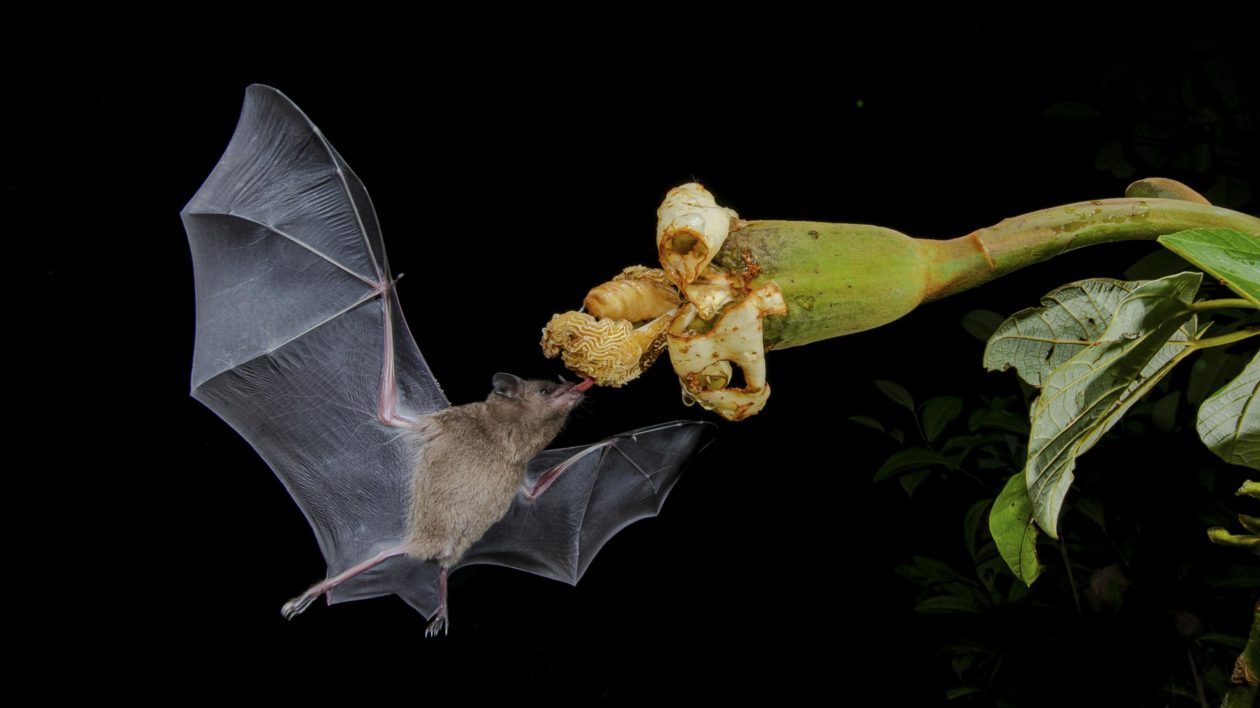
What percentages of the world’s mammal species are bats?
There are roughly 6,495 mammal species worldwide, and 1,386 of them are bats. That means that bats make up 21 percent of all mammals.
That might come as a surprise for even the most ardent nature lovers. It’s not hard to see why: bats are active at night, roost in hidden or inaccessible places, and are almost impossible to identify unless you can examine them in your hand or have specialized equipment to listen to their calls. When you visit a foreign country, or even just sit in your own backyard, you’re far more likely to notice the birds or terrestrial mammals than you are bats.
Bonus Fact: Rodents make up 39 percent of all mammal species. So together, bats & rodents account for 60 percent of all mammal species. (Older estimates place this closer to ~75 percent.)
Where does the carnivorous ghost bat live?
Only one percent of the world’s bat species feed on vertebrate prey, and the ghost bat is one of them. The ghost bat is a type of false-vampire bat found in Australia. It hunts and eats lizards, birds, rodents, large invertebrates, and even other bats.
After pouncing on their prey from above, ghost bats use their wings to hold prey down while they bite down on the head and neck with their incisors. Ghost bats are a threatened species. They were once found over a wide stretch of Australia, but today they are only found, infrequently, in the tropical north. Like many other bat species, they are highly susceptible to human disturbance and have been in a long-term decline. You can learn more about ghost bats here.

What’s the world’s fastest mammal?
Here’s a hint, it’s not a cheetah or a peregrine falcon. The world’s fastest mammal, according to research from the University of Tennessee, is a Mexican free-tailed bat. Yes, really.
They found that Mexican free-tailed bats can reach speeds up to 100 mph in flight. Even more amazing, the bats don’t achieve these speeds via wind or steep dives, but by wing-power alone. Peregrine falcons may reach faster speeds, but they do so by utilizing gravity to aid their free-fall dives onto prey.
Bonus Fact: Mexican free-tailed bats hold another mammal record. Texas’ Bracken Cave is home to 15 to 20 million free-tailed bats, forming the largest concentrations of any mammal.
What were the two critical products historically made from bat poop?
Excrement from bats and birds was critical to the production of both fertilizer and gunpowder. Today, modern fertilizers are produced in a laboratory. But prior to the early 1900s, scientists didn’t know how to fix nitrogen from the atmosphere.
That made guano deposits from seabirds and bats — which are rich in nitrogen, phosphate, and potassium — incredibly valuable. All three are key ingredients for plant growth, and guano was highly sought after to aid early intensive agricultural production. The nitrogen and potassium in guano are also critical ingredients in saltpeter, used to create early gunpowder.
The demand for guano was so great that entire wars were fought over the resource. In the mid-1800s, the United States and other powers began annexing dozens of remote islands to gain access to their guano supplies. Guano mining often destroyed both island and cave ecosystems, endangering both seabirds and bats.
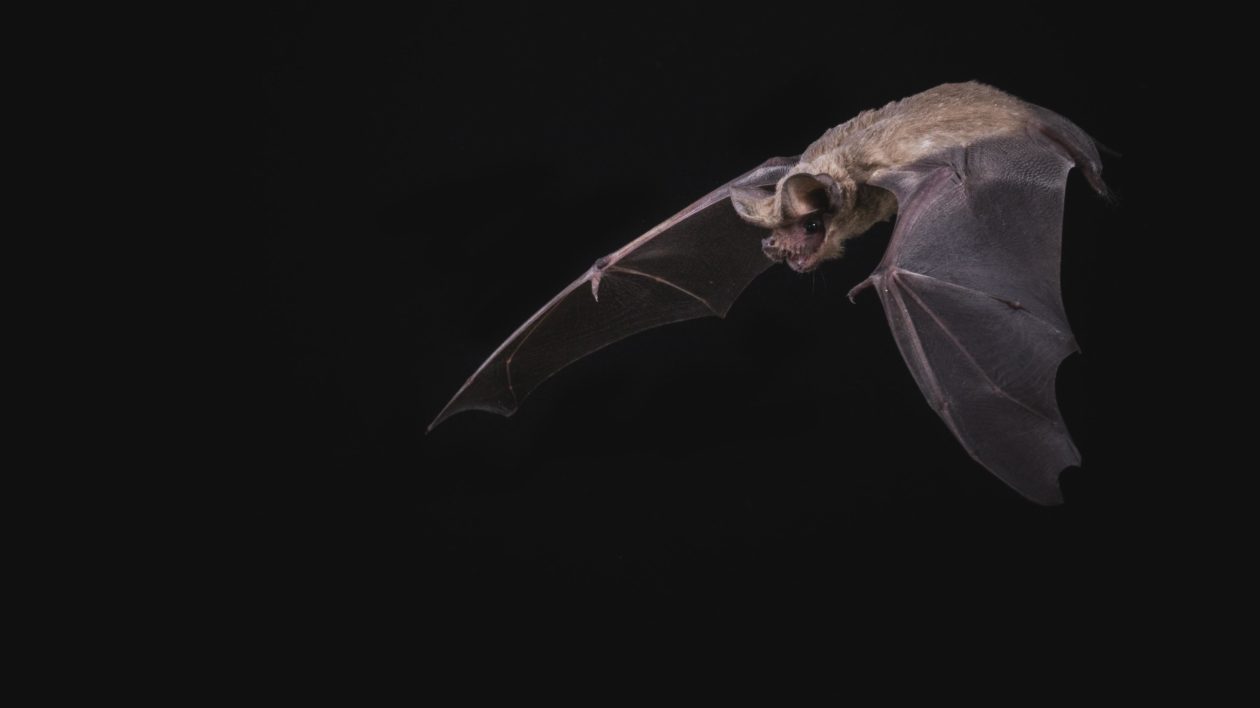
Where do sucker-footed bats roost?
There are two species of sucker-footed bat, both found in Madagascar, that use their sucker-like feet to roost inside the young, rolled leaves of the palm-like traveler’s tree. The western sucker-footed bat was only recently discovered in 2007.
“Sucker-foot” is a bit of a misnomer. These bats have disc-like pads on their wrists and ankles, but they don’t form a suction with the leaf surface. Instead, these pads secrete a liquid that helps the bats stick to the leaf, as one researcher put it, “like a licked piece of paper stuck to a window.” They’re also one of the few bat species that roost upright.
Bonus Fact: Despite years of searching, scientists have only ever found one female sucker-footed bat, a specimen collected 30 years ago. Since then, scientists have captured nearly 300 bats… and all of them have been male. We know that the bats are breeding, so females must exist, but we’re just not sure where they are.

The giant golden-crowned flying fox has the largest wingspan of any bat. How large is it?
Found in the Philippines, the giant golden-crowned flying fox has a wingspan of ~5.5 feet. Their bodies are much smaller, around 11 to 12 inches at the largest.
Like other flying foxes, they feed mostly on fruit, pollen, and nectar. But unlike smaller microbats, flying foxes don’t use echolocation to navigate and find food. Instead, they have large eyes and an excellent sense of smell that allows them to sniff out fruiting trees in the dark. By day they roost together in trees in colonies of up to 5,000 individuals, which can make for a rather raucous (and stinky) sight.
The giant golden-crowned flying fox is listed as endangered by the IUCN Redlist. The biggest threat to the species is habitat loss, from urban development, agriculture, and mining. More than 90 percent of the Philippines’ original old-growth forest cover has been destroyed, leaving very little left for bats and other forest species.
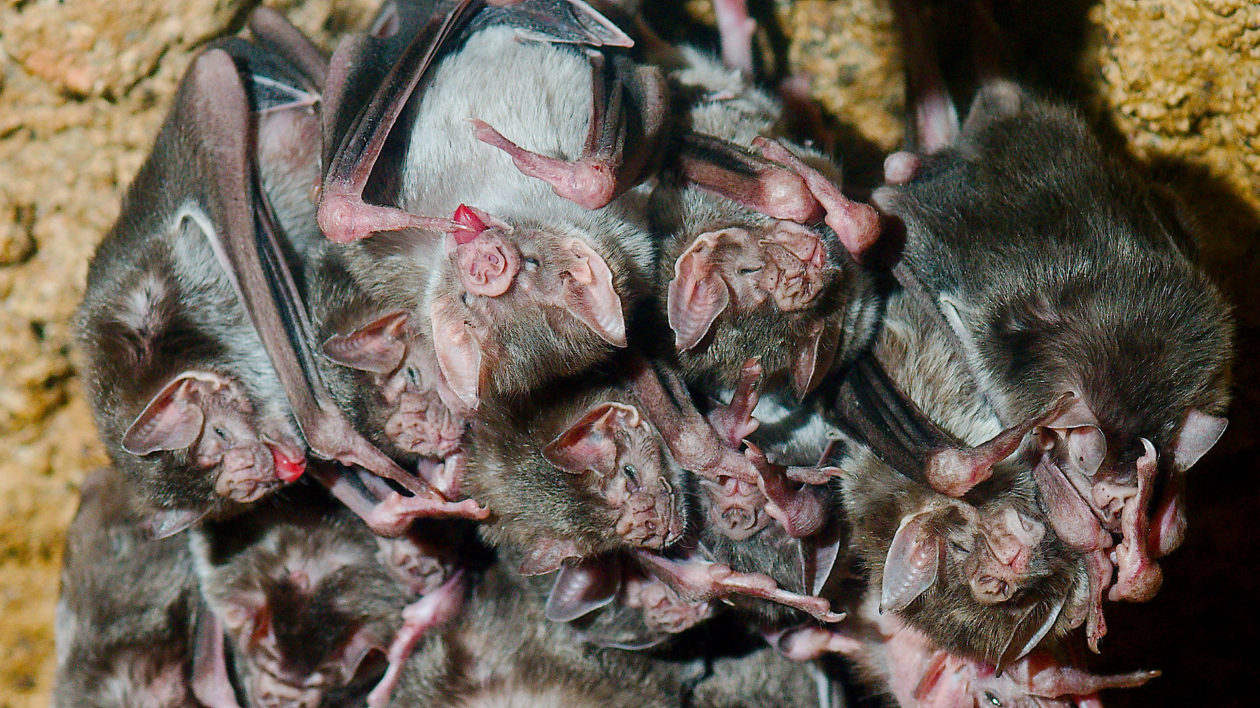
Name the vampire bat’s favorite prey.
Don’t worry, it’s not humans. Although common vampire bats do occasionally bite people, their favorite food sources are cattle, pigs, and horses.
Vampire bats have the dubious distinction of being the only mammal species that feed entirely on blood. After locating a victim from the air, they land on the ground and crawl towards the animal on all fours. They use a heat sensor on their nose to locate a place on the prey’s skin with lots of blood flowing beneath, and then cut a slit using razor-sharp teeth. Then the bats drink — not suck — the pooling blood, using specialized grooves on their tongues and lower lips. Anticoagulants in their saliva help keep the blood flowing.
Yes, their eating habits are a bit unsettling, but vampire bats have a softer side. Scientists found that captive females form lasting bonds with one another, grooming, roosting, and feeding in bonded pairs. In the wild, starving vampire bats will also beg for food from their roosting female mates, who then vomit up a portion of their last meal to share. Cute…. sort of.
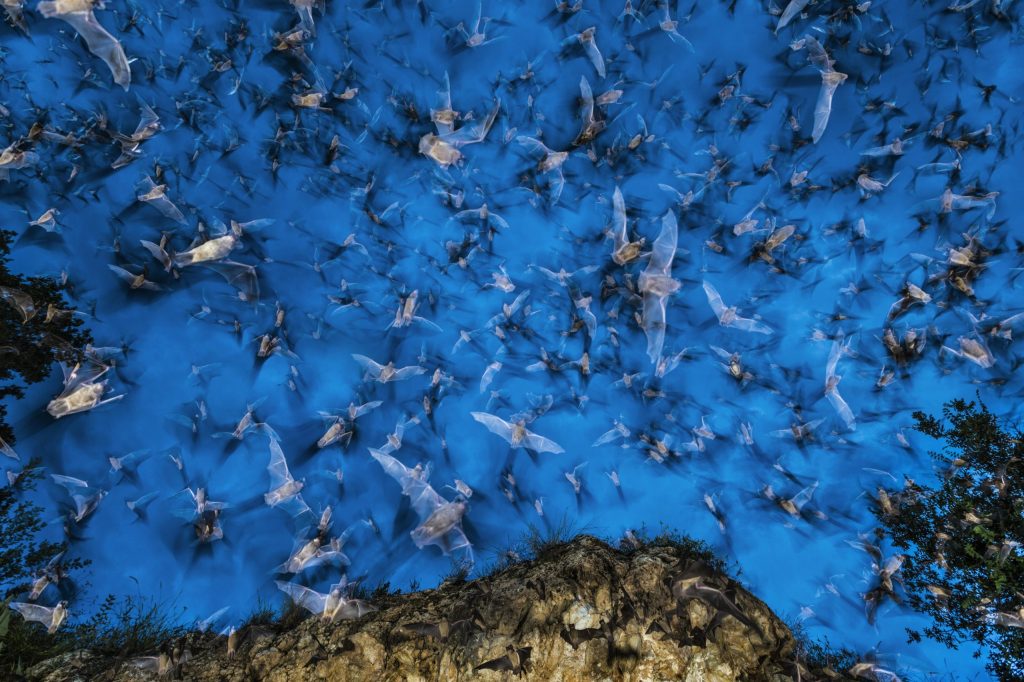
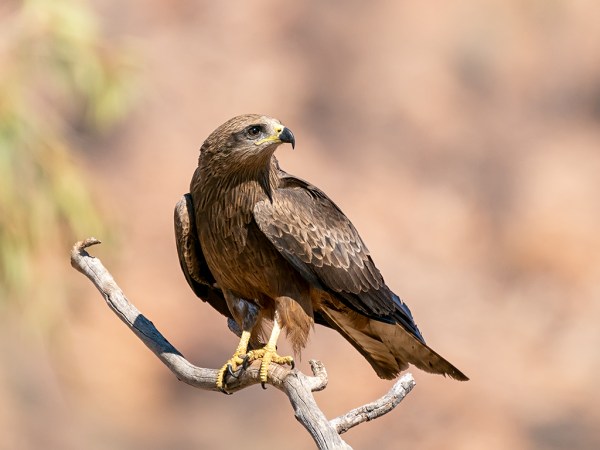


In the mid-90s I traveled to Austin, Tx weekly for a year and a half on business. My daily walk to work was across the Congress Ave bridge over the Colorado River. The sight (and smell) of a few million Mexican freetail bats leaving the bridge in the evenings is a force of nature I’ll never forget. And their nightly mosquito haul was measured in tons. Such cool animals. Great article!
I can’t say how glad I am that I read this! Very neat!
Love those flying foxes!